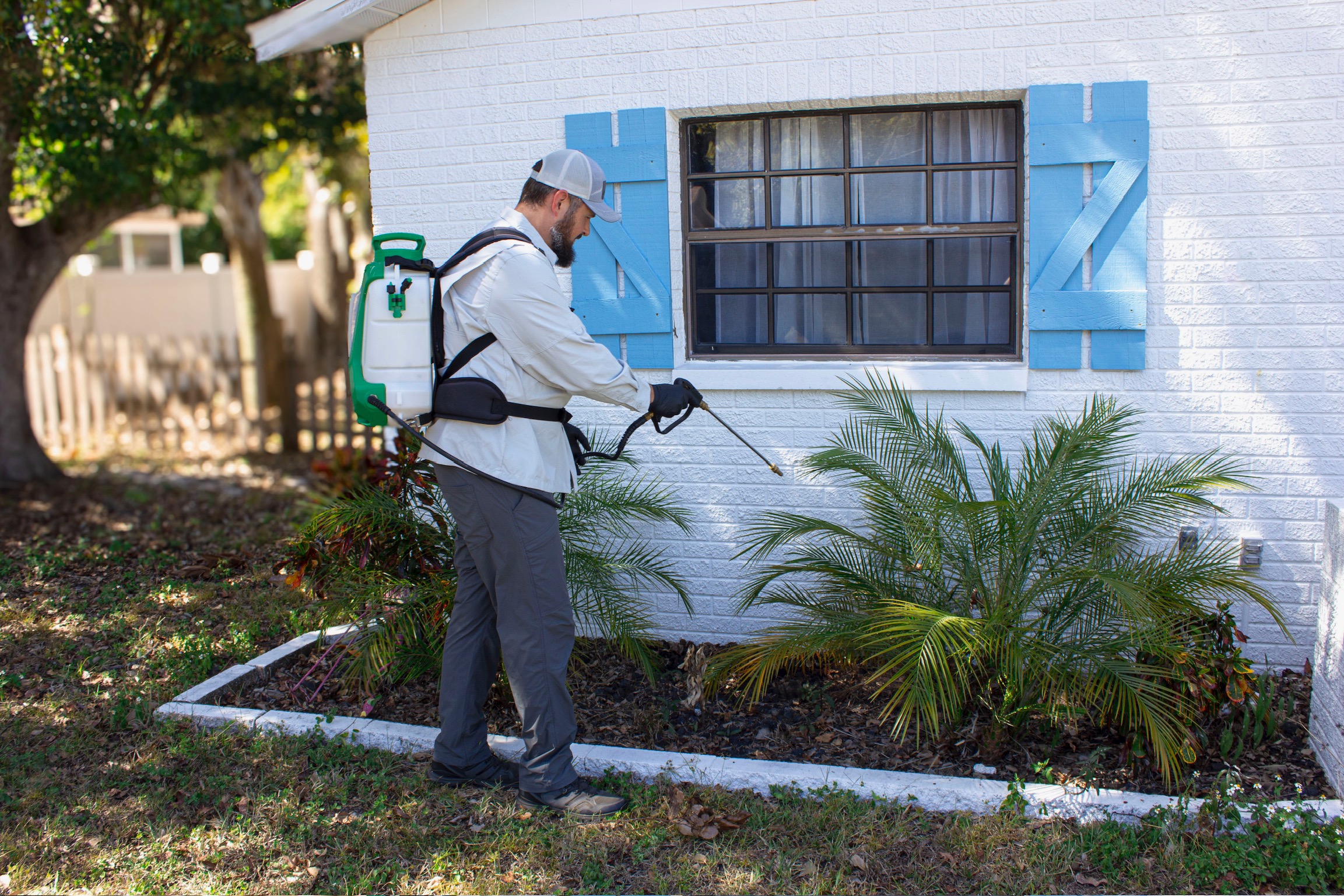Carpenter Ants
Camponotus

Control, Extermination, & Prevention of Carpenter Ants around the Home
About Carpenter Ants
Carpenter ants, belonging to the genus Camponotus, are a diverse group of insects known for their wood-excavating behaviors. Unlike termites that consume wood for nourishment, these ants do not eat wood but rather tunnel through it to build their nests. Carpenter ants play a crucial role in forest ecosystems by aiding in the decomposition of dead of decaying wood. However, they can become problematic when they infect human structures, causing damage to wooden structures such as home and buildings. These ants are social insects, living in colonies with a queen, workers, and sometimes soldiers, and they communicate through chemical signals known as pheromones. Control measures for carpenter ants often involve locating and eliminating their nesting sites while also addressing any moisture or structural issues that may attract them.
Controlling Carpenter Ants
Controlling these ants involves a combination of preventive measures, identification, and targeted treatments. Begin by identifying signs of carpenter ant activity such as “frass” (sawdust-like material), visible ant trails, or the presence of swarmers (winged-ants). Eliminate food sources by keeping food sealed in airtight containers and promptly cleaning up crumbs and spills. Since these ants are attracted to moisture, fix any leaks or damp areas in and around your home. Seal entry points such as cracks, gaps, and openings to prevent ants from entering. Trim vegetation that touches your home, as they can use these as pathways. Remove outdoor nesting sites like old tree stumps or decaying wood. Regular monitoring and professional pest control measures will help prevent reinfestation and protect your home.
Exterminating Carpenter Ants
A professional pest control company employs a structured approach to exterminate these ants effectively. They begin with a thorough inspection of the property to assess the extent of the infestation, identify nesting sites, and pinpoint ant entry points. Once the species is confirmed, which is crucial for selecting appropriate treatment methods for customizing a plan. This plan often in ludes strategic placement of ant baits containing slow-acting insecticides near active areas and trails. Insecticides specifically formulated for carpenter ant control may also be applied, either as sprays, dusts, or foams, targeting severe infestations or inaccessible areas.
Check out other pests here! Pest Spotlight
See our facebook for other tips and facts daily DNR PEST CONTROL